At first glance, you’ll be confused at the placement of the former Petrolia Grand Trunk station. And honestly, I thought that the trains ran parallel to the downtown behind the streets. Or that the station itself had been moved. Neither of these is true, as the station remains in its original location! The trains arrived at the station’s rear and the line terminated at Petrolia.
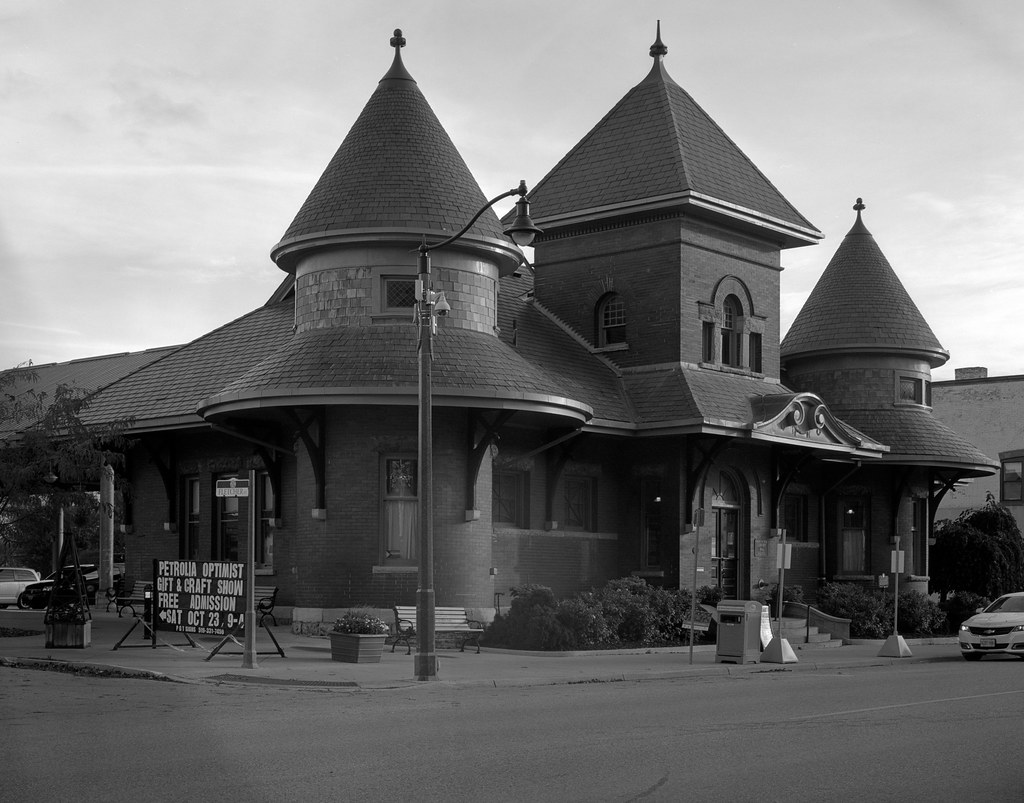
Graflex Crown Graphic – Nikon Nikkor-W 180mm 1:5.6 – Ilford HP5+ @ ASA-200 – Pyrocat-HD (1+1+100) 9:00 @ 20C
Petrolia had never been part of the original expansion to Sarnia by both Great Western Railway and Grand Trunk Railway during their construction in 1857. Despite the oil boom in the region continued to grow and attract more and more people, both operators felt the boom would not last and was not worth the financial burden to operate the branch to Petrolia. One of the area’s first oil barons, John Henry Fairbanks, who arrived in Petrolia in 1865, having turned a tidy profit in Oil Springs and now banked on Petrolia’s discovery. Fairbanks rallied the local businesses, raised the needed funds, and contracted to build a branch from Petrolia to the nearest railhead at Wyoming. In December 1866, the line came under the control of Great Western Railway, which operated the line through Wyoming. Great Western also constructed the station in Petrolia and followed a design not seen in other stations on the network. The station looked more like a home, a two-storey square building with a board and batten construction style. Behind the station and parallel to the tracks were the freight sheds. Within eight months, the line netted Great Western a profit of £11,000 (~1.4 million Canadian dollars today) or the approximate cost of building the line. It began as the most profitable branch in the entire Great Western Network. While oil remained the key to the branch, Great Western also handled passenger traffic helping bring new workers and supplies into the community. Great Western also held a monopoly, and many felt that the high fees stifled community growth and in 1878 allowed the Canadian Southern Railway to build a line up from the south; in response, Great Western lowered their prices. Grand Trunk took over in 1882, a decade before the town’s second oil boom.
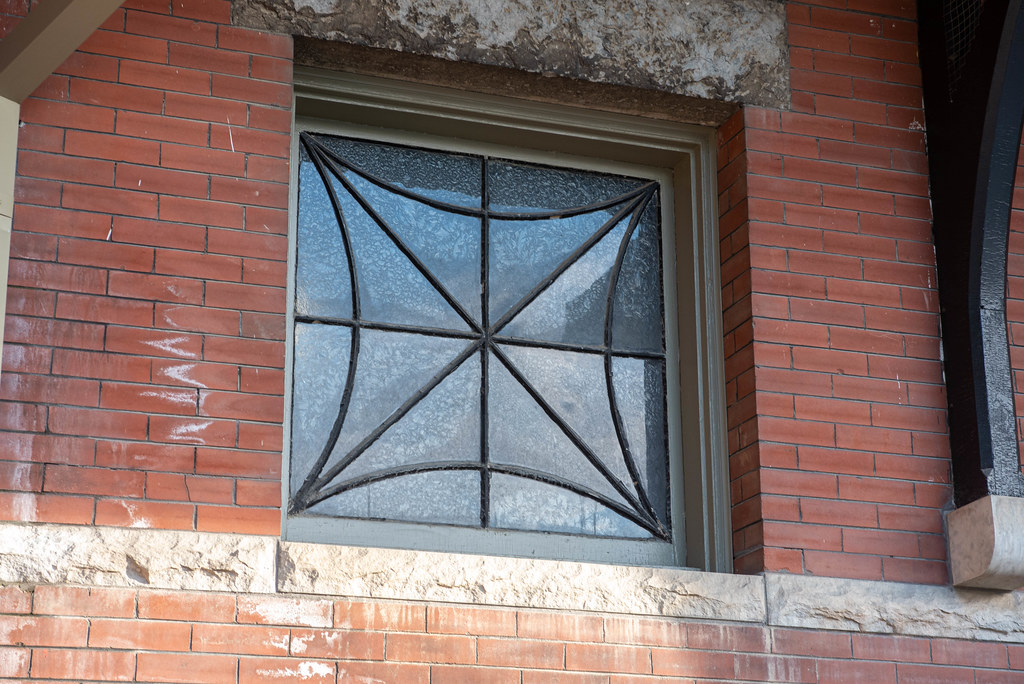
Nikon D750 – AF-S Nikkor 28-70mm 1:2.8D
Nikon D750 – AF-S Nikkor 28-70mm 1:2.8D
The 1880s brought a great deal of growth to Petrolia, and the old train station would no longer suit the town’s status as the oil capital of Ontario. The second oil boom in 1898 aligned with the modernization program of Grand Trunk, and in 1902 work began on a new station. While Petrolia would typically get a wooden station, Grand Trunk decided to use a brick exterior using red pressed brick with limestone lintels. Following a more ornate form of the Queen Anne Revival style, the station features three towers. Round towers on the east and west corners, and a square tower over the main entrance in the centre. The station’s entrance faced the street, with the platforms and tracks out at the station’s rear. Passengers entered through the main door into the general waiting room with the ticket window. To the west, a lady’s parlour, the baggage room and station master’s office at the east. To the rear behind the ticket window, the telegraph operators bay. The station opened to traffic in 1903. The interior is decorated with hardwood floors, electric lighting, and Georgian Pine panelling on the walls. Out behind the station were separate freight sheds to handle the flow of oil out of the community. On average about ten daily trains operated out of Petrolia but often would peak at thirty daily trains. Canadian National took over the branch in 1923 and did little to change the station, but the oil soon stopped flowing as much, and passenger service all but dried up, and Canadian National closed the station in 1927. Rail operations continued, and even when the oil boom of 1931 failed to produce long term results, the railroad allowed a pivot to industrial manufacture that certainly helped the town’s economy keep moving through the war years.
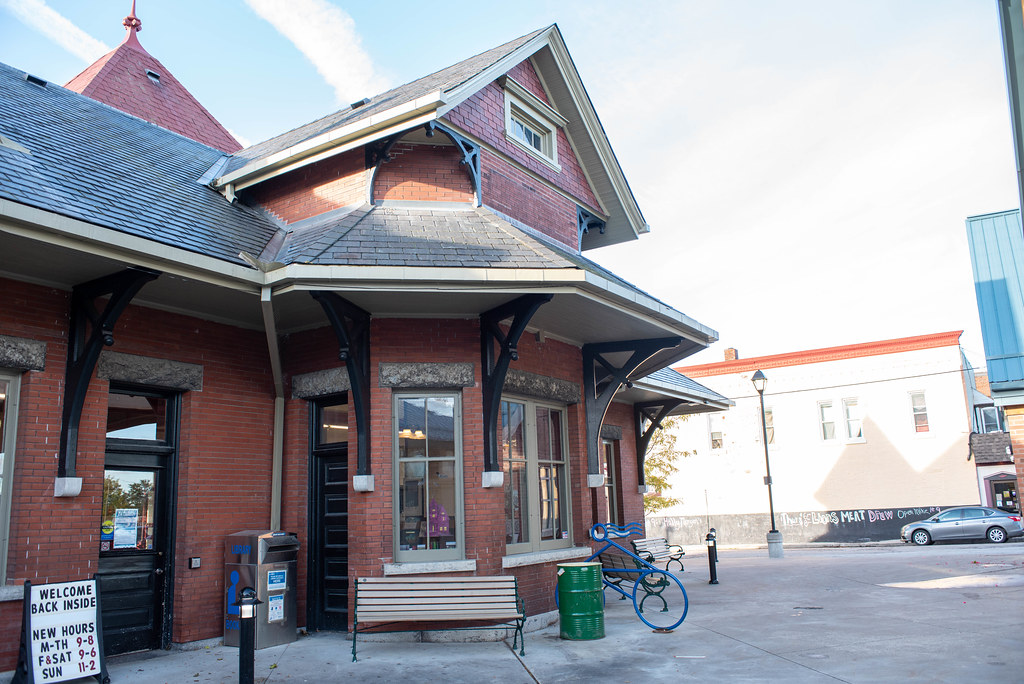
Nikon D750 – AF-S Nikkor 28-70mm 1:2.8D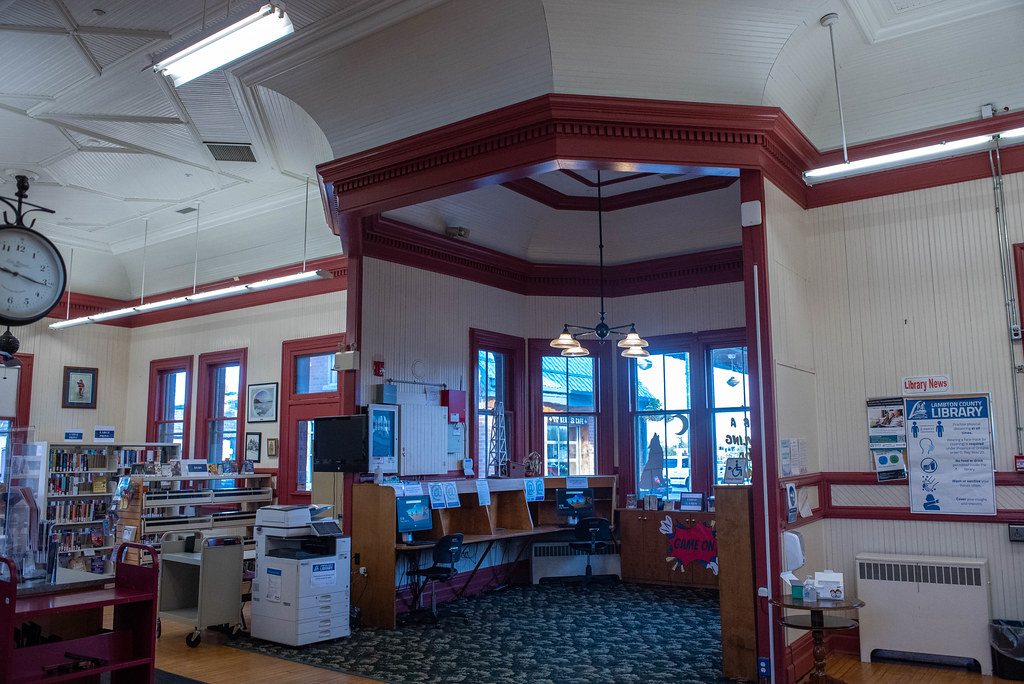
Nikon D750 – AF-S Nikkor 28-70mm 1:2.8D
Canadian National maintained ownership of the station, leasing it to the community as a civic centre. The station hosted local dances, town meetings, and other social events. When the local library required a new home for their growing collection, they turned to the old station, taking residence in the former lady’s parlour in 1937. Making the former station the first in Canada to undergo some form of adaptive reuse. Canadian National sold off the station to Petrolia in 1961, allowing them to expand the collection through the entire station, granting it heritage status in 1975. The final train to depart Petrolia came in 1994 with a load of pipes. In 1995 the whole branch was torn up as it was no longer in use. Money in the form of a donation from Robert M. Nicol in 1998 allowed for a complete restoration of the station’s exterior and interior. A new slate roof and complete internal renovation allowed modernization to the library allowing it to move into the new century. Robert donated the funds as a memorial to his mother, Helen Kavanagh Nicol, and it reopened at the Robert M. Nicol Memorial library. Today the station is in stunning condition, with the original hardwood floor, fans, pine panelling and some lighting remaining intact and functioning. While the original layout is lost, you can get a feel for the general layout even today. The old right-of-way is also long gone, with the rear section where the tracks once stood now home to a farmer’s market.
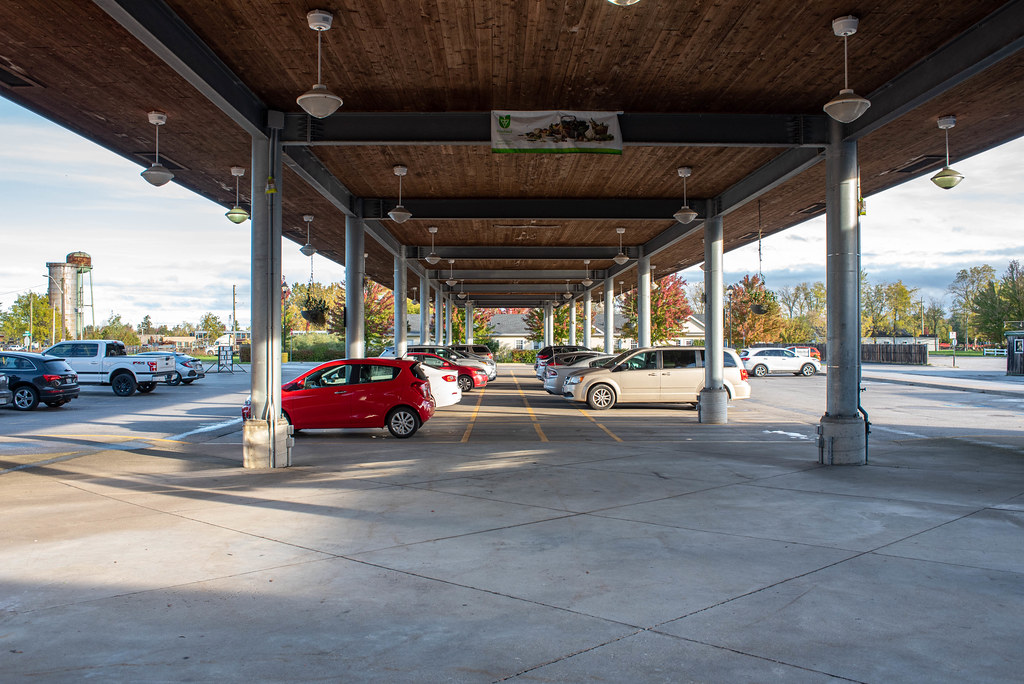
Nikon D750 – AF-S Nikkor 28-70mm 1:2.8D